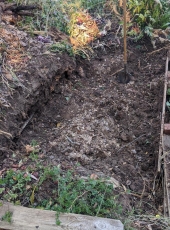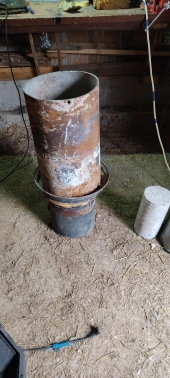

Kate Downham wrote:
Thom Bri wrote:Is it typically foggy/cloudy (my ignorant conception of Tasmania) or do you get plenty of sunny warm days?
Different parts of the island get different amounts of fog. We get pretty much no fog at our place, and a mix of sunny days and overcast, but enough sun to rely on solar power and be able to grow tomatoes, zucchini, and other shorter-season summer crops outdoors.

Eric Hanson wrote:Thom,
Granted, you are not using food waste, but I see no reason why the same principle would not work using leaves instead of food scraps.
Eric


